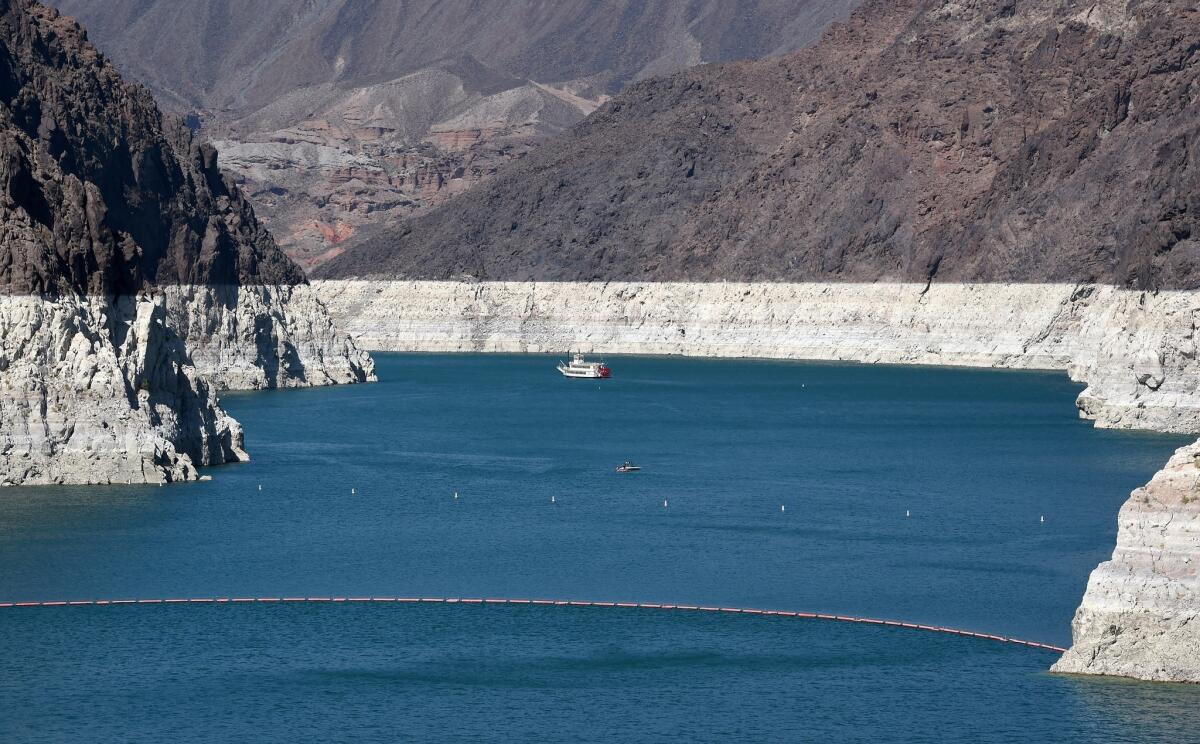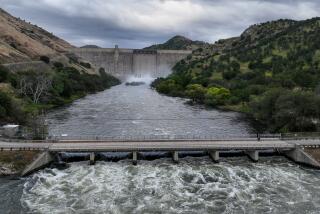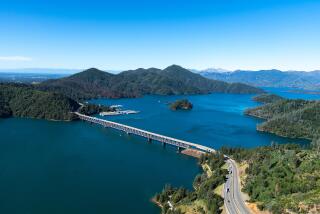Satellite data show big groundwater loss in Colorado River Basin

For more than a decade, photos of the biggest reservoirs on the Colorado River have shown the dramatic drop in water levels caused by prolonged drought. But a new study suggests the greatest water losses have gone sight unseen.
Using satellite data to track overall freshwater losses in the Colorado River Basin from late 2004 to November 2013, researchers estimate that more than 75% of the decline was groundwater.
The levels of Lake Mead and Lake Powell have gone up and down during that period, but total storage in the two reservoirs is essentially unchanged. Groundwater, on the other hand, was depleted by the equivalent of more than a full Lake Mead.
“We’re so focused on the surface water. But the groundwater is quietly disappearing from the region,” said study coauthor and UC Irvine professor Jay Famiglietti, who is senior water scientist at NASA’s Jet Propulsion Laboratory in La Cañada Flintridge.
UC Irvine and NASA scientists analyzed nine years of satellite data to measure changes in land mass in the basin, which reflect surface and groundwater supplies. They then compared the groundwater estimates with well data from the U.S. Geological Survey and the Arizona Department of Water Resources.
They concluded that overall, the basin lost nearly 53 million acre-feet of freshwater during the study period, with the bulk of that drop -- about 41 million-acre feet -- in groundwater. (An acre-foot is enough to supply two households for a year.)
The loss reflects long-term trends in groundwater overdraft as well as stepped-up reliance on wells during a stubborn drought that settled over the Colorado River Basin in 2000. An official water shortage has yet to be declared on the river. But surplus deliveries to lower basin states, including California and Arizona, were cut.
Authors of the paper, which was posted online Thursday by the journal Geophysical Research Letters, said the results underscored the need for stricter management of the basin’s groundwater reserves, which they described as the region’s largest source of irrigation water.
“We don’t know how much groundwater there is” in the basin, said the paper’s lead author, Stephanie Castle, a UC Irvine water resources specialist. “Would you continue to use money if you didn’t know how much was in the bank?”
bettina.boxall@latimes.com
Twitter: @boxall







